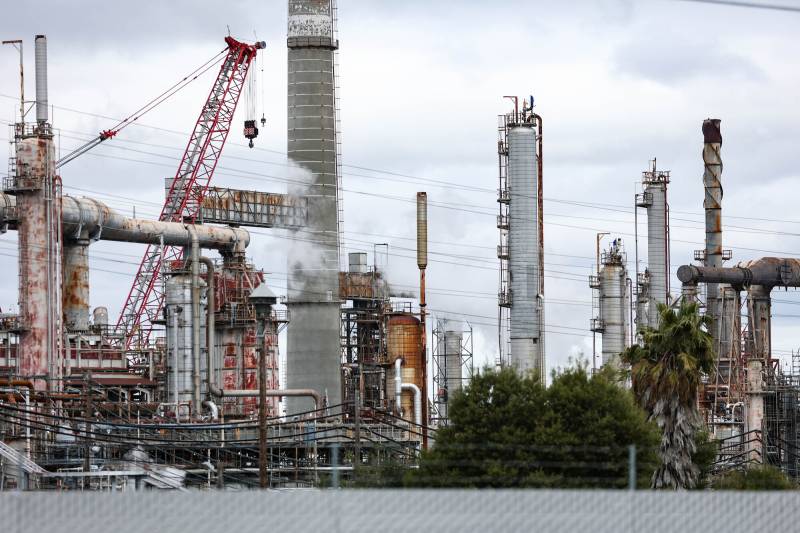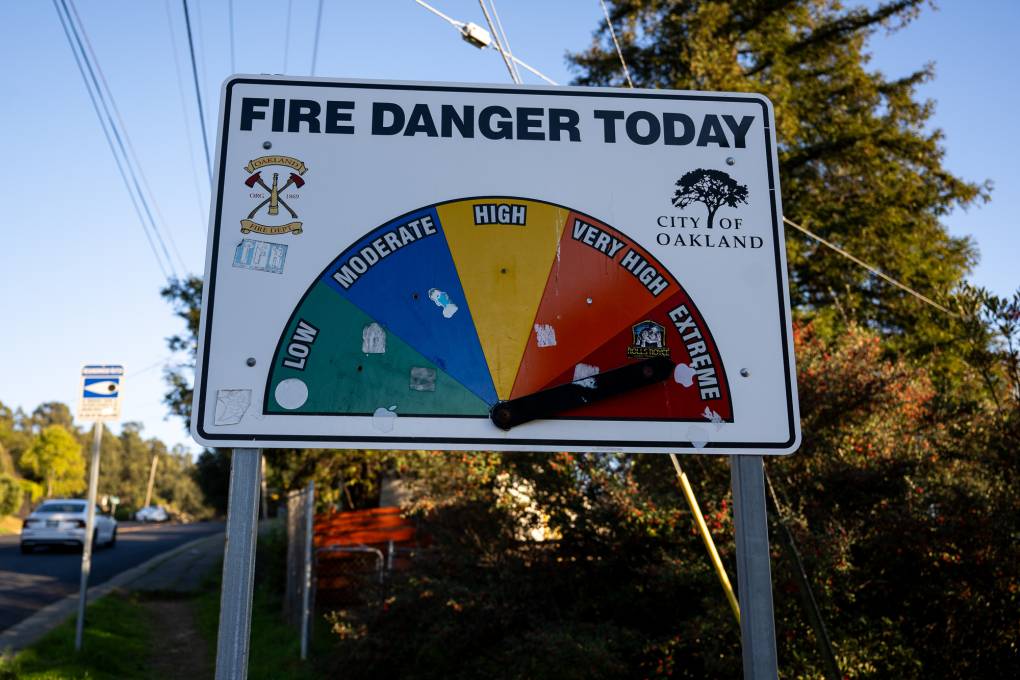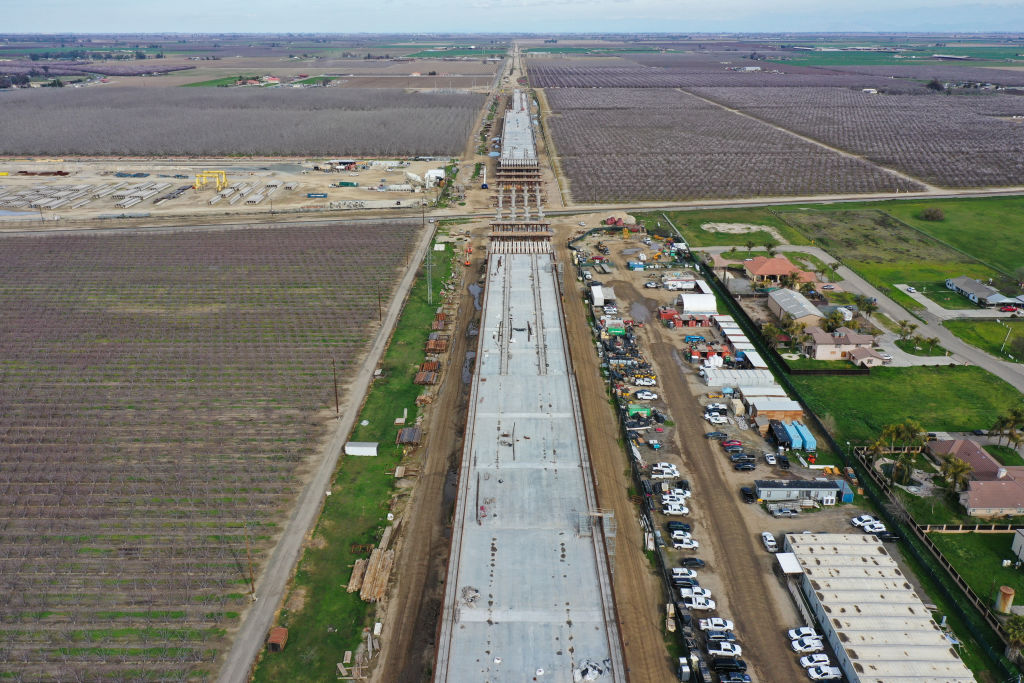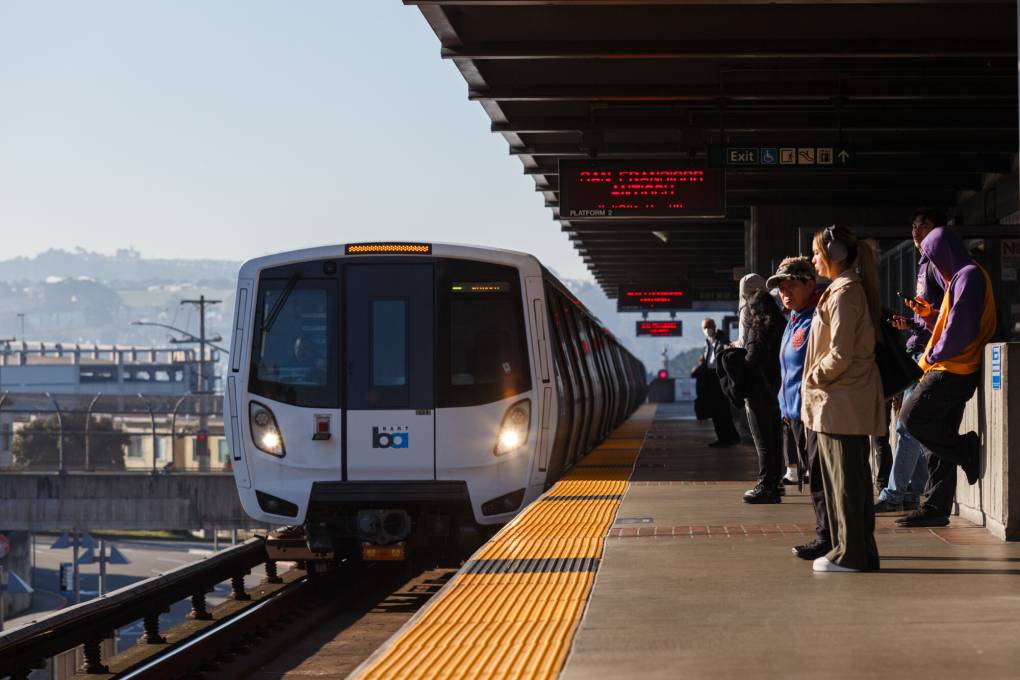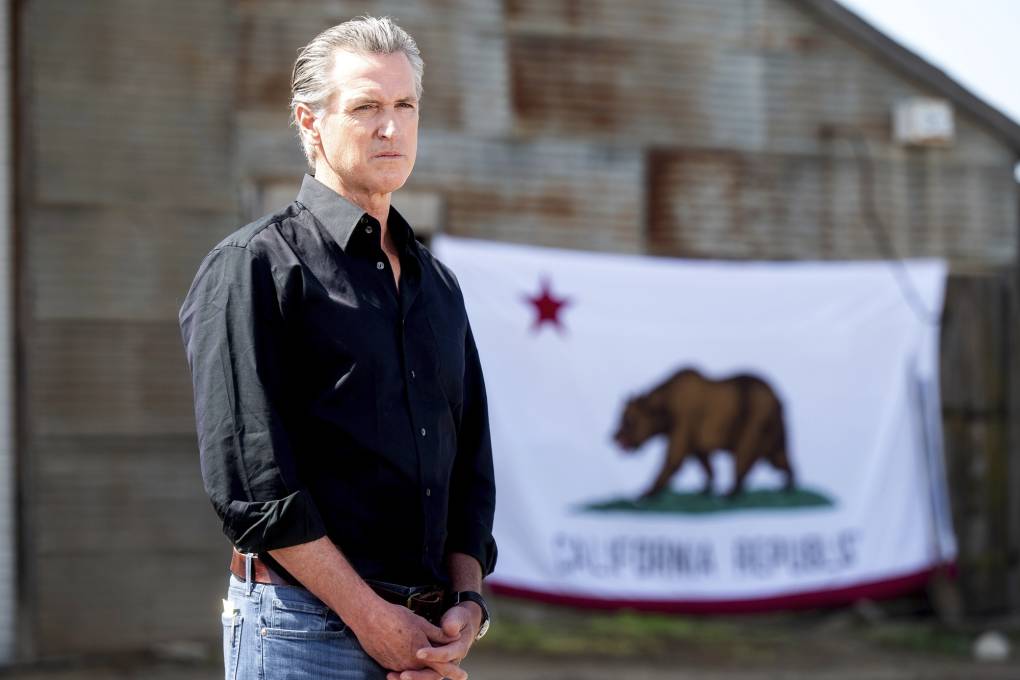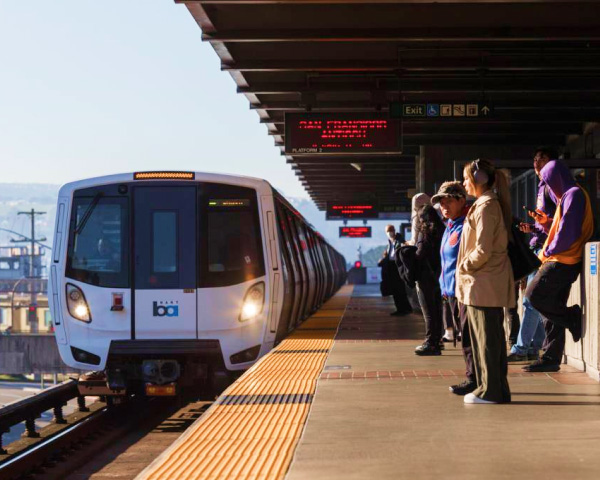Gov. Gavin Newsom’s proposal to reauthorize California’s cap-and-trade program has kicked off high-stakes negotiations over the state’s landmark climate initiative.
Cap-and-trade, which Newsom proposed renaming Cap-and-Invest last week, limits greenhouse gas emissions and raises billions of dollars annually through auctions where companies buy credits that allow them to pollute. But the system has come under fire, from both President Donald Trump — who targeted the program in an executive order last month — as well as progressives who argue it hasn’t been strict enough on oil and gas companies.
Extending cap-and-trade, which sunsets in 2030, raises key questions for state leaders: Should money raised from the program pay for environmentally-friendly projects or help Californians manage the mounting costs of climate change? Will key decisions about the emissions cap be made by state lawmakers, many of whom are just learning the intricacies of the program, or by unelected state regulators with deeper expertise?
And how can the state balance global climate leadership by improving the air and water quality in communities located near major sources of pollution?
Here’s a primer on the program and what’s at stake:
